As we unfold into the Fourth Industrial Revolution, companies are looking at mobilizing technologies to achieve operational efficiencies, grow revenue streams, expand to new markets, and compete globally. In order to harness the transformative potential of the revolution, business leaders across all industries around the globe will need to formulate a comprehensive workforce strategy ready to meet the challenges of this new era of accelerating change and innovation.
As the pace of technological change accelerates, so does the urgency to drive the evolution of jobs and skills.
Focusing on cost savings by automating business processes and tasks is not enough. A narrow-minded approach will not enable businesses to grow. Instead, leaders are required to build an augmentation strategy that takes into account the value-creation and intelligence of human workers complemented with technology; artificial intelligence and algorithms . This way, humans are freed up from repetitive tasks and are better able to use their distinctively human talents and strengths such as data visualization.
To design and operate in the future workplace, people will need to adopt new skills that will allow them to excel at their job (upskilling) or adopt new skills to perform a new job (reskilling), and master a mix of cognitive and interpersonal skills so they can think analytically, communicate and collaborate with others and machines.
In the midst of COVID-19, it is the prime time to launch and adapt to meet the needs of customers, and operate more securely. Yet, many organizations have not started on their digital journey because they lack a workforce with the advanced skills they need to drive transformational change. Organizations that successfully implement an augmentation strategy see returns through three main drivers:
- Effective use of resources and faster time to market for new initiatives
- Higher talent retention
- Greater financial returns
With Thynkli, we will work with you to create a sound augmentation strategy, curate a learning system to upskill and reskill human capital, and manage changes to support employees with the transition to agile learning

